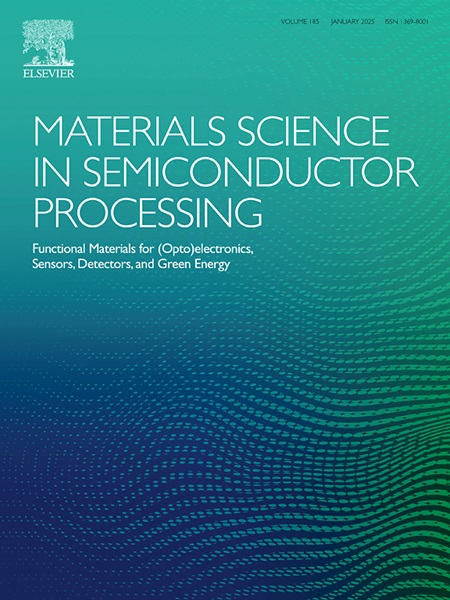氧空位在光催化剂环境修复和能量转化中的工程作用:综述
IF 4.2
3区 工程技术
Q2 ENGINEERING, ELECTRICAL & ELECTRONIC
引用次数: 0
摘要
光催化通常被认为是缓解全球能源和环境挑战的最重要的技术。特别是,基于半导体的光催化剂作为一种超越当前传统技术限制的方法而引起了更多的兴趣。这些光催化材料继续遭受高重组率,光吸收,稳定性和耐久性差,这限制了它们的商业可行性。有几种策略用于解决这些问题。其中,通过缺陷工程在光催化材料中制造氧空位(OVs)已成为一种具有成本效益的缩蛋策略,可以增加可见光吸收,并在不重组的情况下分离和转移载流子。本文综述了光催化剂中光阱的概念及其用途。此外,本文还讨论了多种有效地在材料中生产OVs以提高工艺效率的方法。此外,它还涵盖了某些检测技术,以验证特定材料中氧空位的存在。概述了OVs在污染降解、制氢、CO2还原和固氮等方面的应用,为解决环境问题提供了潜在的研究方向。本文章由计算机程序翻译,如有差异,请以英文原文为准。
Engineering the role of oxygen vacancies in photocatalysts for environmental remediation and energy conversion applications: A comprehensive review
Photocatalysis is often regarded as the most significant technology for mitigating global energy and environmental challenges. In particular, semiconductor-based photocatalysts have drawn more interest as a way to get beyond the constraints of the current conventional techniques. These photocatalytic materials continue to suffer from high recombination rates, poor light absorption, stability, and durability, which limit their commercial viability. Several strategies are used to address these problems. Among them, creating oxygen vacancies (OVs) in photocatalytic materials by defect engineering has been appeared as a cost-effective Eg-narrowing strategy for increasing visible light absorption and separating and transferring charge carriers without recombination. The idea of OVs in a photocatalyst and their purposes are highlighted in this review. In addition, it discusses the many methods for effectively producing OVs in a material to improve process efficiency. Additionally, it covers the certain detection techniques to verify the existence of oxygen vacancies in a specific material. Besides, the utilization of OVs in pollution degradation, hydrogen production, CO2 reduction, and N2 fixation are outlined to offer potential research direction to address the environmental issues.
求助全文
通过发布文献求助,成功后即可免费获取论文全文。
去求助
来源期刊

Materials Science in Semiconductor Processing
工程技术-材料科学:综合
CiteScore
8.00
自引率
4.90%
发文量
780
审稿时长
42 days
期刊介绍:
Materials Science in Semiconductor Processing provides a unique forum for the discussion of novel processing, applications and theoretical studies of functional materials and devices for (opto)electronics, sensors, detectors, biotechnology and green energy.
Each issue will aim to provide a snapshot of current insights, new achievements, breakthroughs and future trends in such diverse fields as microelectronics, energy conversion and storage, communications, biotechnology, (photo)catalysis, nano- and thin-film technology, hybrid and composite materials, chemical processing, vapor-phase deposition, device fabrication, and modelling, which are the backbone of advanced semiconductor processing and applications.
Coverage will include: advanced lithography for submicron devices; etching and related topics; ion implantation; damage evolution and related issues; plasma and thermal CVD; rapid thermal processing; advanced metallization and interconnect schemes; thin dielectric layers, oxidation; sol-gel processing; chemical bath and (electro)chemical deposition; compound semiconductor processing; new non-oxide materials and their applications; (macro)molecular and hybrid materials; molecular dynamics, ab-initio methods, Monte Carlo, etc.; new materials and processes for discrete and integrated circuits; magnetic materials and spintronics; heterostructures and quantum devices; engineering of the electrical and optical properties of semiconductors; crystal growth mechanisms; reliability, defect density, intrinsic impurities and defects.
 求助内容:
求助内容: 应助结果提醒方式:
应助结果提醒方式:


